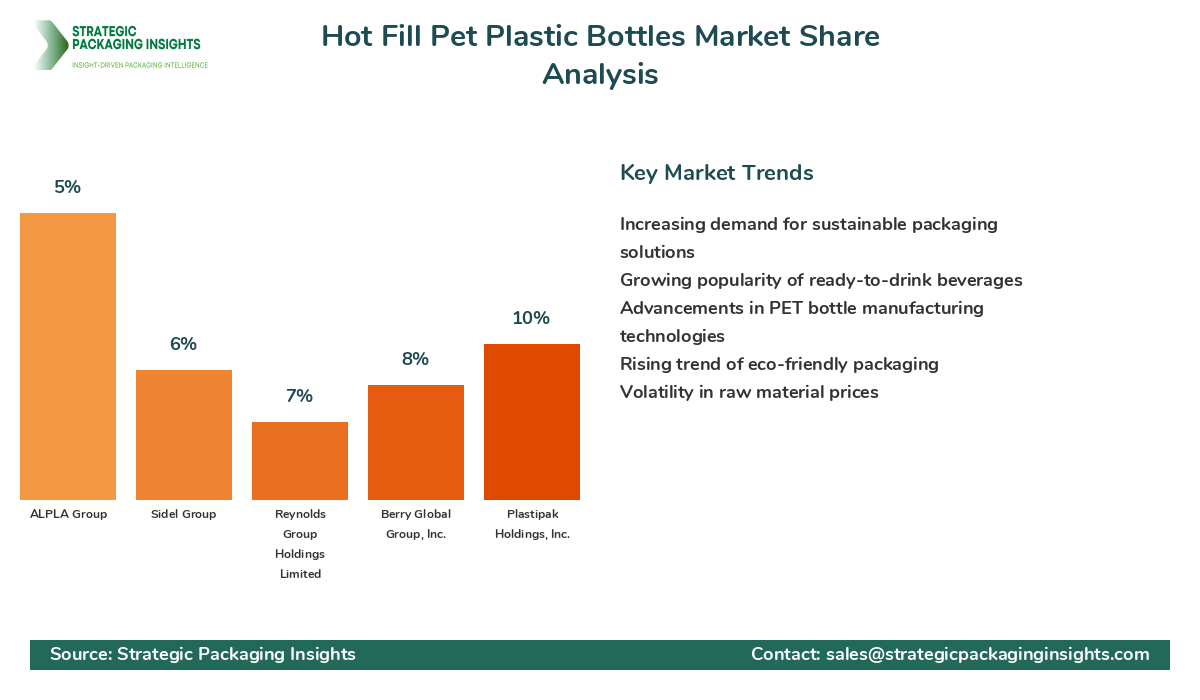- Home
- Beverage Packaging
- Hot Fill Pet Plastic Bottles Market Size, Future Growth and Forecast 2033
Hot Fill Pet Plastic Bottles Market Size, Future Growth and Forecast 2033
Hot Fill Pet Plastic Bottles Market Segments - by Material Type (Polyethylene Terephthalate, Polypropylene, Others), Application (Beverages, Food, Pharmaceuticals, Personal Care, Others), Capacity (Up to 500 ml, 500 ml to 1000 ml, Above 1000 ml), End-User (Food & Beverage, Healthcare, Personal Care, Others) - Market Dynamics, Growth Opportunities, Strategic Drivers, and PESTLE Outlook (2025–2033)
Hot Fill Pet Plastic Bottles Market Outlook
The Hot Fill PET Plastic Bottles market was valued at $12.5 billion in 2024 and is projected to reach $18.7 billion by 2033, growing at a CAGR of 4.5% during the forecast period 2025-2033. This market is driven by the increasing demand for sustainable and lightweight packaging solutions, particularly in the beverage industry. The ability of PET bottles to withstand high temperatures during the filling process without compromising the integrity of the product makes them a preferred choice for manufacturers. Additionally, the growing consumer preference for ready-to-drink beverages and the expanding food and beverage industry are significant contributors to market growth. The versatility and recyclability of PET bottles further enhance their appeal, aligning with global sustainability trends.
Report Scope
| Attributes | Details |
| Report Title | Hot Fill Pet Plastic Bottles Market Size, Future Growth and Forecast 2033 |
| Base Year | 2024 |
| Historic Data | 2017-2023 |
| Forecast Period | 2025-2033 |
| Number of Pages | 203 |
| Material Type | Polyethylene Terephthalate, Polypropylene, Others |
| Application | Beverages, Food, Pharmaceuticals, Personal Care, Others |
| Capacity | Up to 500 ml, 500 ml to 1000 ml, Above 1000 ml |
| End-User | Food & Beverage, Healthcare, Personal Care, Others |
| Customization Available | Yes* |
Opportunities & Threats
The Hot Fill PET Plastic Bottles market presents numerous opportunities, particularly in emerging economies where the demand for packaged beverages is on the rise. The increasing urbanization and changing lifestyles in these regions are driving the consumption of ready-to-drink beverages, thereby boosting the demand for hot fill PET bottles. Moreover, advancements in PET bottle manufacturing technologies, such as lightweighting and improved barrier properties, are creating new avenues for market expansion. These innovations not only enhance the functionality of PET bottles but also reduce production costs, making them more attractive to manufacturers.
Another significant opportunity lies in the growing trend of eco-friendly packaging. As consumers become more environmentally conscious, there is a rising demand for sustainable packaging solutions. Hot fill PET bottles, being recyclable and energy-efficient in production, are well-positioned to capitalize on this trend. Companies investing in the development of bio-based PET bottles are likely to gain a competitive edge, as these products align with the increasing consumer preference for green packaging solutions.
However, the market faces certain restraints, primarily due to the volatility in raw material prices. The cost of PET resin, which is derived from crude oil, can fluctuate significantly, impacting the overall production costs of PET bottles. Additionally, stringent regulations regarding plastic usage and disposal in various countries pose challenges to market growth. Manufacturers need to comply with these regulations, which may require additional investments in sustainable practices and technologies. The competition from alternative packaging materials, such as glass and aluminum, also presents a threat to the market, as these materials are perceived as more premium and environmentally friendly by some consumers.
The competitive landscape of the Hot Fill PET Plastic Bottles market is characterized by the presence of several key players who dominate the market with their extensive product portfolios and strong distribution networks. Companies such as Amcor Limited, Graham Packaging Company, and Plastipak Holdings, Inc. hold significant market shares due to their innovative product offerings and strategic partnerships. These companies focus on continuous research and development to enhance the performance and sustainability of their PET bottles, thereby maintaining their competitive edge.
Amcor Limited, for instance, is a leading player in the market, known for its commitment to sustainability and innovation. The company offers a wide range of PET bottles designed for hot fill applications, catering to various industries such as beverages, food, and personal care. With a strong global presence and a focus on customer-centric solutions, Amcor continues to expand its market share.
Graham Packaging Company is another major player, renowned for its expertise in custom blow molding and sustainable packaging solutions. The company's extensive experience in the packaging industry and its focus on innovation have enabled it to capture a significant share of the hot fill PET bottles market. Graham Packaging's strategic collaborations with leading beverage brands further strengthen its market position.
Plastipak Holdings, Inc. is a key competitor, offering a diverse range of PET packaging solutions. The company's emphasis on sustainability and its investment in advanced manufacturing technologies have contributed to its strong market presence. Plastipak's ability to provide customized solutions tailored to the specific needs of its clients has been a critical factor in its success.
Key Highlights Hot Fill Pet Plastic Bottles Market
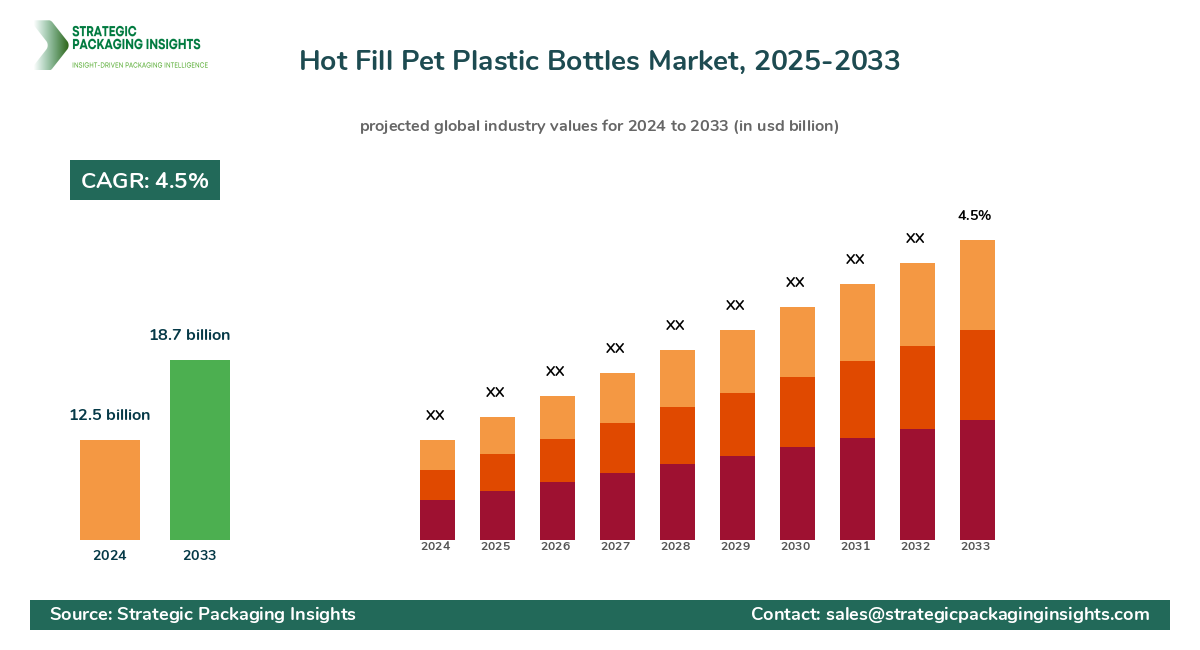
- Increasing demand for sustainable and lightweight packaging solutions.
- Growing consumer preference for ready-to-drink beverages.
- Advancements in PET bottle manufacturing technologies.
- Rising trend of eco-friendly packaging solutions.
- Volatility in raw material prices impacting production costs.
- Stringent regulations regarding plastic usage and disposal.
- Competition from alternative packaging materials like glass and aluminum.
- Significant market presence of key players like Amcor Limited and Graham Packaging Company.
- Focus on innovation and sustainability by leading companies.
- Emerging opportunities in bio-based PET bottles.
Premium Insights - Key Investment Analysis
The Hot Fill PET Plastic Bottles market is witnessing significant investment activity, driven by the growing demand for sustainable packaging solutions. Venture capital firms and private equity investors are increasingly focusing on companies that offer innovative and eco-friendly PET bottle solutions. The market has seen a surge in mergers and acquisitions, with major players acquiring smaller companies to expand their product portfolios and enhance their technological capabilities. These strategic deals are aimed at strengthening market positions and gaining access to new customer segments.
Investment valuations in the hot fill PET bottles market are on the rise, reflecting the high growth potential and increasing investor interest. Companies are allocating capital towards research and development to improve the performance and sustainability of their products. The focus is on developing bio-based PET bottles and enhancing the recyclability of existing products. Investors are also keen on exploring opportunities in emerging markets, where the demand for packaged beverages is rapidly increasing.
However, there are certain risk factors that investors need to consider, such as the volatility in raw material prices and regulatory challenges. Despite these risks, the strategic rationale behind major deals in the market is strong, with companies aiming to capitalize on the growing trend of eco-friendly packaging. High-potential investment opportunities exist in the development of lightweight and energy-efficient PET bottles, as well as in the expansion of production capacities to meet the rising demand.
Hot Fill Pet Plastic Bottles Market Segments Insights
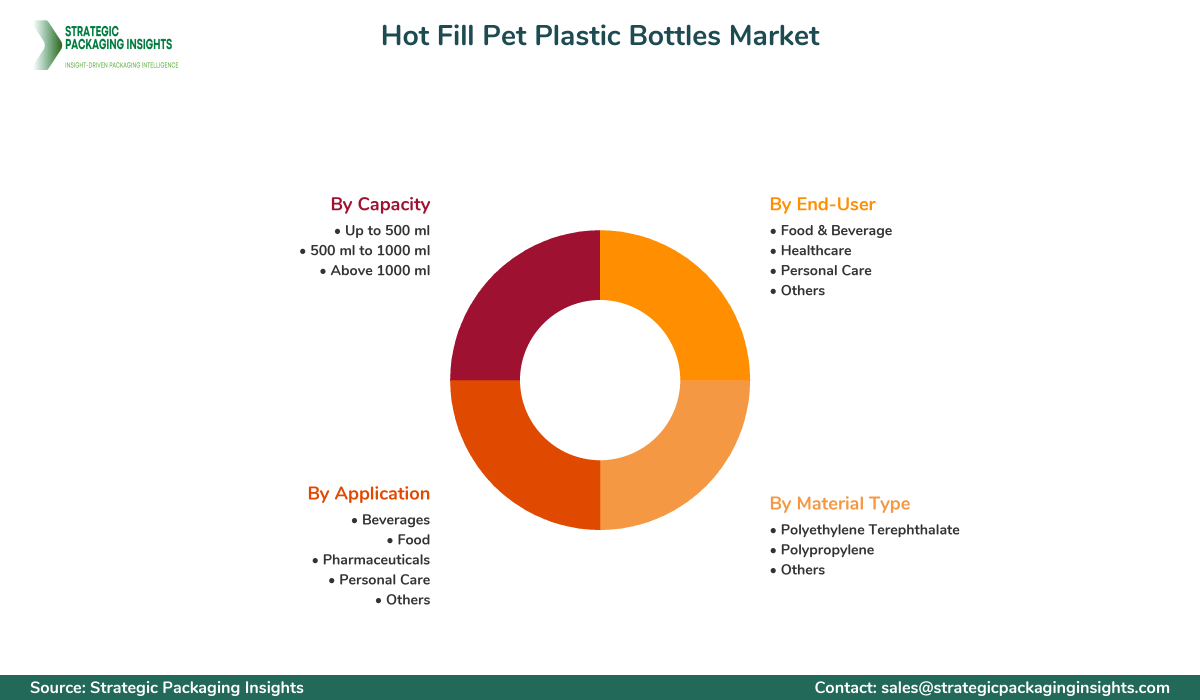
Material Type Analysis
The Hot Fill PET Plastic Bottles market is segmented by material type into Polyethylene Terephthalate (PET), Polypropylene (PP), and others. PET is the most widely used material due to its excellent thermal stability and clarity, making it ideal for hot fill applications. The demand for PET is driven by its recyclability and lightweight properties, which align with the growing consumer preference for sustainable packaging solutions. Polypropylene, although less common, is gaining traction due to its superior chemical resistance and lower cost. The market for other materials is relatively small but is expected to grow as manufacturers explore alternative materials to enhance the performance of hot fill bottles.
Application Analysis
The application segment of the Hot Fill PET Plastic Bottles market includes beverages, food, pharmaceuticals, personal care, and others. The beverage industry is the largest consumer of hot fill PET bottles, driven by the increasing demand for ready-to-drink beverages such as juices, teas, and sports drinks. The food segment is also witnessing significant growth, with hot fill PET bottles being used for packaging sauces, dressings, and condiments. In the pharmaceutical and personal care sectors, the demand for hot fill PET bottles is driven by the need for safe and hygienic packaging solutions that can withstand high temperatures during the filling process.
Capacity Analysis
The market is further segmented by capacity into up to 500 ml, 500 ml to 1000 ml, and above 1000 ml. The 500 ml to 1000 ml segment holds the largest market share, as it is the preferred size for most beverage and food products. The demand for smaller bottles, up to 500 ml, is growing due to the increasing popularity of single-serve packaging solutions. The above 1000 ml segment is also experiencing growth, particularly in the food and beverage industry, where larger packaging sizes are required for family-sized products and bulk purchases.
End-User Analysis
The end-user segment of the Hot Fill PET Plastic Bottles market includes food & beverage, healthcare, personal care, and others. The food & beverage industry is the dominant end-user, accounting for the majority of the market share. The healthcare sector is also a significant consumer of hot fill PET bottles, driven by the need for sterile and tamper-evident packaging solutions. In the personal care industry, the demand for hot fill PET bottles is fueled by the growing popularity of liquid personal care products, such as shampoos and conditioners, which require packaging that can withstand high temperatures during the filling process.
Market Share Analysis
The market share distribution of key players in the Hot Fill PET Plastic Bottles market is influenced by factors such as product innovation, sustainability initiatives, and strategic partnerships. Companies like Amcor Limited and Graham Packaging Company are leading the market due to their strong focus on developing eco-friendly and high-performance PET bottles. These companies are gaining market share by investing in advanced manufacturing technologies and expanding their product portfolios to cater to a wide range of applications. On the other hand, smaller players are finding it challenging to compete with the established companies, as they lack the resources to invest in research and development and expand their distribution networks. The competitive positioning trends indicate that companies with a strong emphasis on sustainability and innovation are likely to gain a larger share of the market in the coming years.
Top Countries Insights in Hot Fill Pet Plastic Bottles
The United States is one of the leading markets for hot fill PET plastic bottles, with a market size of $3.5 billion and a CAGR of 5%. The country's strong demand for packaged beverages and the presence of major beverage manufacturers drive market growth. In China, the market is valued at $2.8 billion, with a CAGR of 6%, fueled by rapid urbanization and increasing consumer spending on convenience products. Germany's market, valued at $1.5 billion with a CAGR of 4%, benefits from the country's focus on sustainability and recycling initiatives. India, with a market size of $1.2 billion and a CAGR of 7%, is experiencing growth due to the rising demand for packaged food and beverages. Brazil's market, valued at $900 million with a CAGR of 3%, is driven by the expanding food and beverage industry and increasing consumer preference for ready-to-drink products.
Hot Fill Pet Plastic Bottles Market Segments
The Hot Fill Pet Plastic Bottles market has been segmented on the basis of
Material Type
- Polyethylene Terephthalate
- Polypropylene
- Others
Application
- Beverages
- Food
- Pharmaceuticals
- Personal Care
- Others
Capacity
- Up to 500 ml
- 500 ml to 1000 ml
- Above 1000 ml
End-User
- Food & Beverage
- Healthcare
- Personal Care
- Others
Primary Interview Insights
What are the key drivers for the Hot Fill PET Plastic Bottles market?
What challenges does the Hot Fill PET Plastic Bottles market face?
How are companies addressing sustainability in the Hot Fill PET Plastic Bottles market?
What opportunities exist in emerging markets for Hot Fill PET Plastic Bottles?
How is innovation impacting the Hot Fill PET Plastic Bottles market?
Latest Reports

The Hot Melt Glue Labeler market was valued at $1.2 billion in 2024 and is projected to reach $2.3 billion by 2033, growing at a CAGR of 6.5% during the forecast period 2025–2033.

The Ethical Label market was valued at $1.5 billion in 2024 and is projected to reach $3.2 billion by 2033, growing at a CAGR of 8.5% during the forecast period 2025–2033.

The Packaging Tensioner market was valued at $1.2 billion in 2024 and is projected to reach $2.3 billion by 2033, growing at a CAGR of 6.5% during the forecast period 2025–2033.
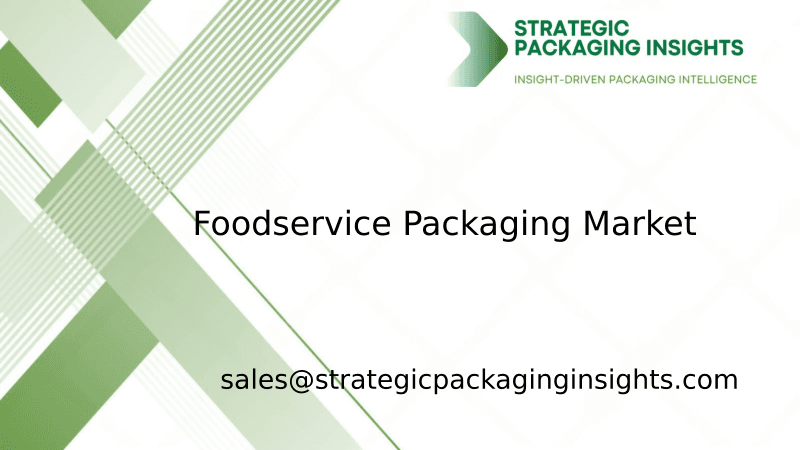
The foodservice packaging market was valued at $120 billion in 2024 and is projected to reach $180 billion by 2033, growing at a CAGR of 4.5% during the forecast period 2025–2033.

The nano-enabled packaging market was valued at $15.2 billion in 2024 and is projected to reach $35.6 billion by 2033, growing at a CAGR of 9.5% during the forecast period 2025–2033.
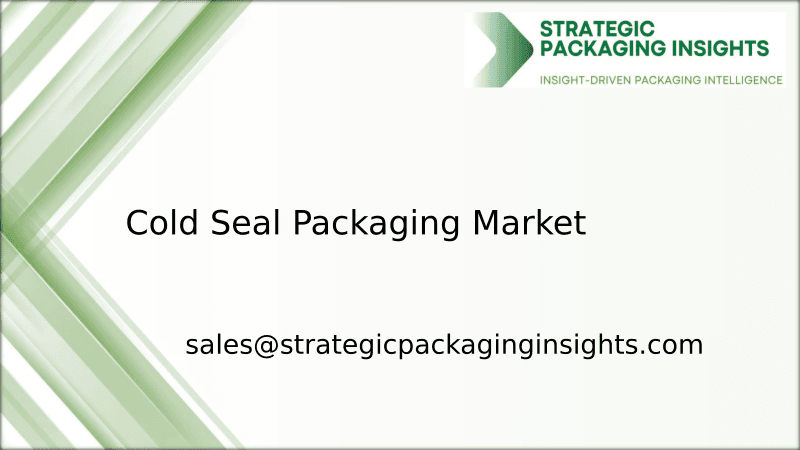
The Cold Seal Packaging market was valued at $1.5 billion in 2024 and is projected to reach $2.3 billion by 2033, growing at a CAGR of 4.8% during the forecast period 2025–2033.

The Transparent Barrier Packaging Films market was valued at $12.5 billion in 2024 and is projected to reach $20.3 billion by 2033, growing at a CAGR of 5.8% during the forecast period 2025–2033.
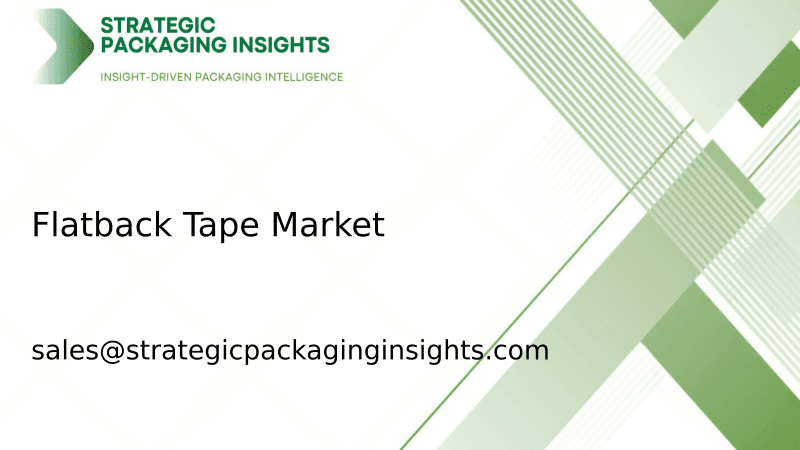
The Flatback Tape market was valued at $2.5 billion in 2024 and is projected to reach $4.1 billion by 2033, growing at a CAGR of 5.8% during the forecast period 2025–2033.
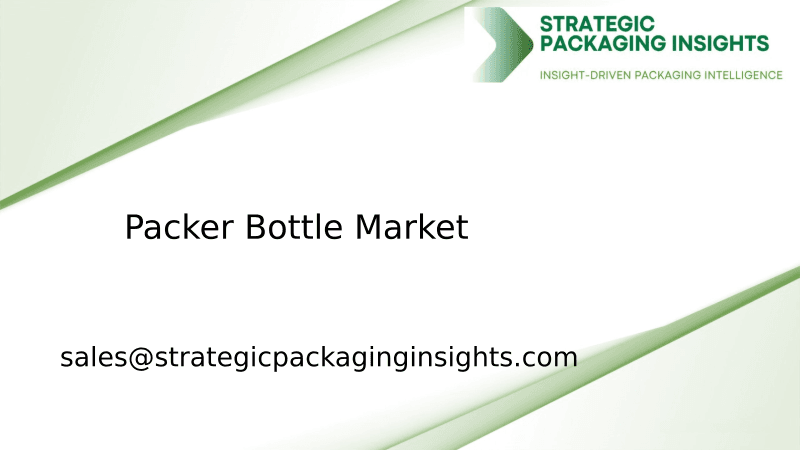
The packer bottle market was valued at $3.5 billion in 2024 and is projected to reach $5.8 billion by 2033, growing at a CAGR of 5.2% during the forecast period 2025–2033.
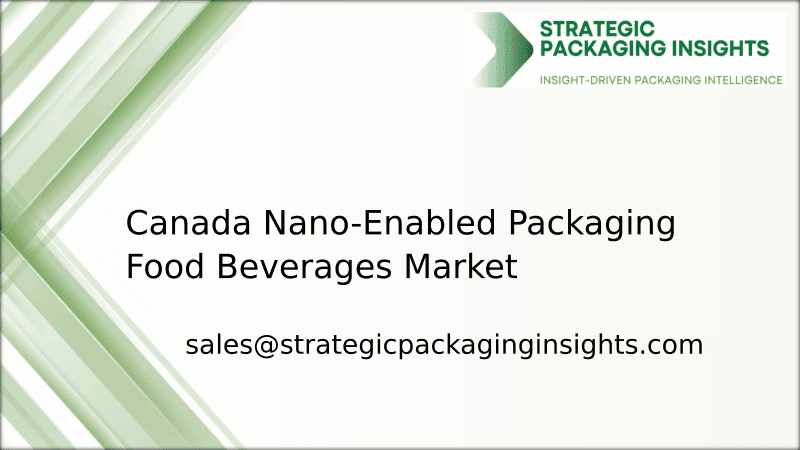
The Canada Nano-Enabled Packaging Food Beverages market was valued at $1.2 billion in 2024 and is projected to reach $3.5 billion by 2033, growing at a CAGR of 12.5% during the forecast period 2025–2033.
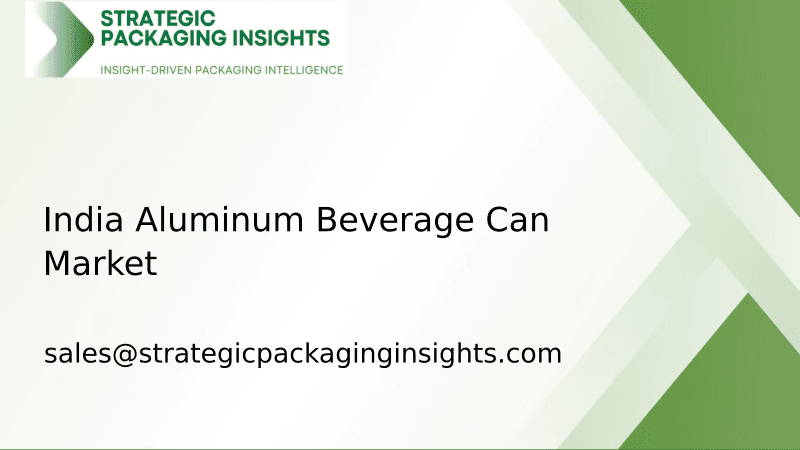
The India Aluminum Beverage Can market was valued at $1.2 billion in 2024 and is projected to reach $2.5 billion by 2033, growing at a CAGR of 8.5% during the forecast period 2025–2033.
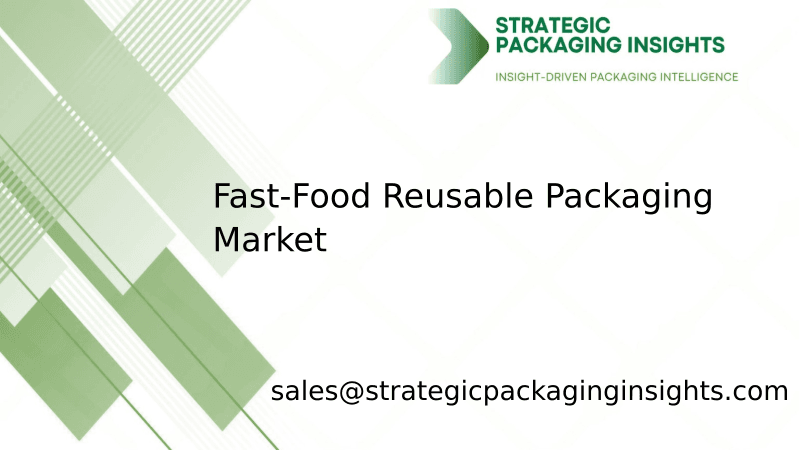
The fast-food reusable packaging market was valued at $1.2 billion in 2024 and is projected to reach $3.5 billion by 2033, growing at a CAGR of 12.5% during the forecast period 2025–2033.
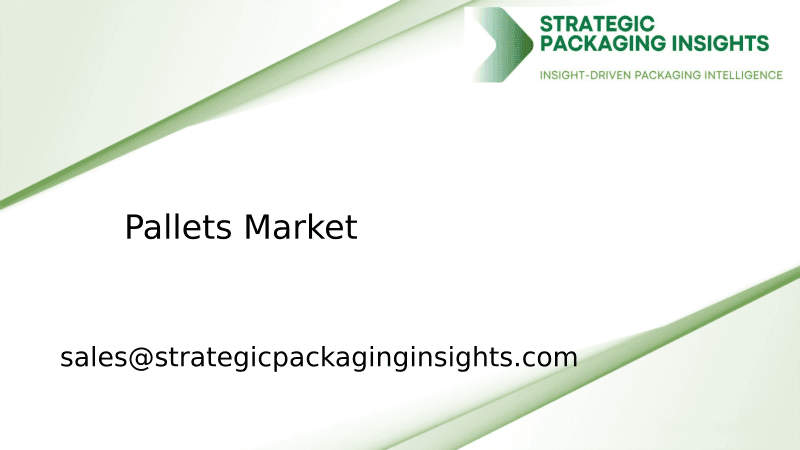
The pallets market was valued at $59.91 billion in 2024 and is projected to reach $88.69 billion by 2033, growing at a CAGR of 4.5% during the forecast period 2025–2033.

The lamination adhesives market was valued at $2.5 billion in 2024 and is projected to reach $4.1 billion by 2033, growing at a CAGR of 5.8% during the forecast period 2025–2033.

The garment packing machine market was valued at $1.2 billion in 2024 and is projected to reach $2.5 billion by 2033, growing at a CAGR of 8.5% during the forecast period 2025–2033.
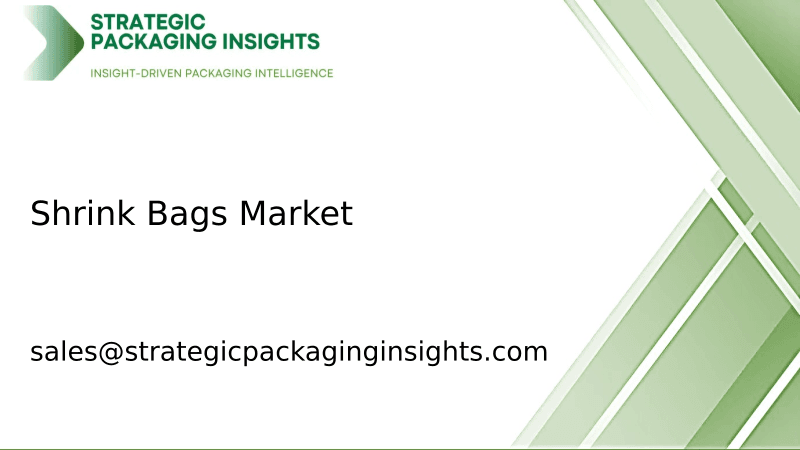
The shrink bags market was valued at $3.5 billion in 2024 and is projected to reach $5.8 billion by 2033, growing at a CAGR of 5.2% during the forecast period 2025–2033.
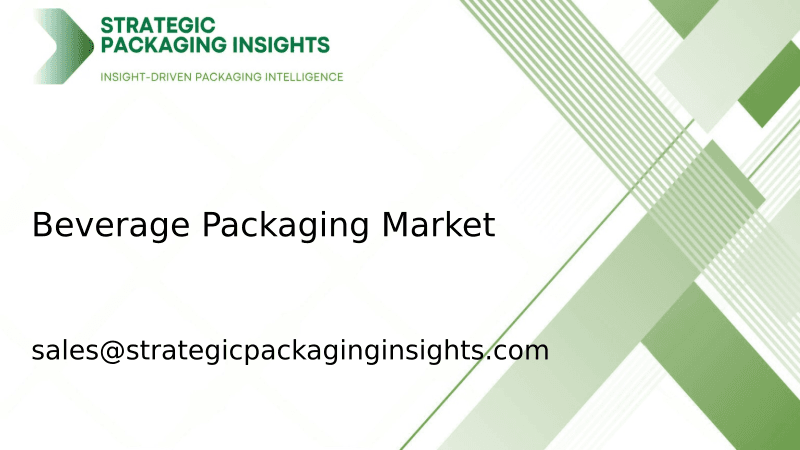
The beverage packaging market was valued at $128 billion in 2024 and is projected to reach $186 billion by 2033, growing at a CAGR of 4.2% during the forecast period 2025–2033.
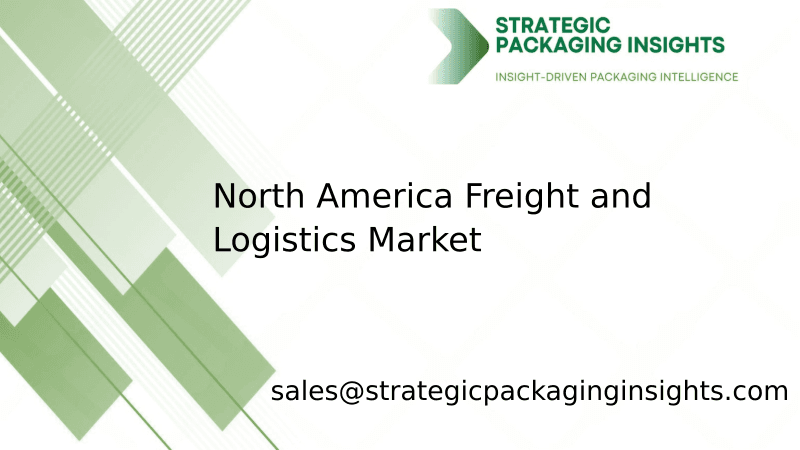
The North America Freight and Logistics market was valued at $1,200 billion in 2024 and is projected to reach $1,800 billion by 2033, growing at a CAGR of 4.5% during the forecast period 2025–2033.
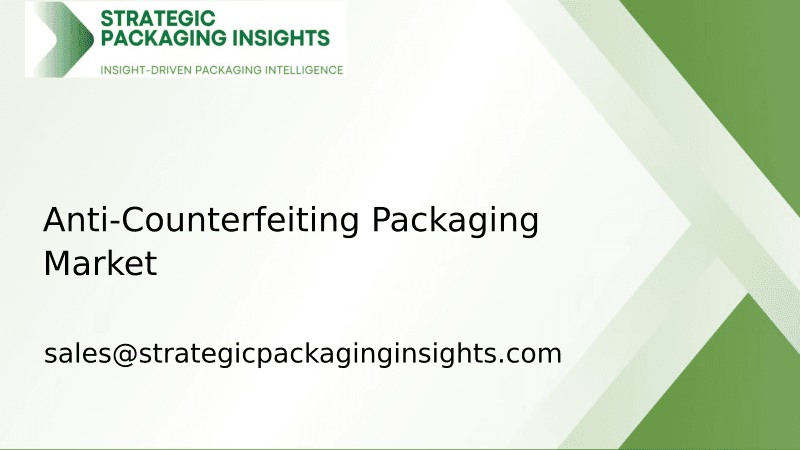
The Anti-Counterfeiting Packaging market was valued at $105 billion in 2024 and is projected to reach $182 billion by 2033, growing at a CAGR of 6.5% during the forecast period 2025–2033.

The Active and Modified Atmospheric Packaging market was valued at $15.2 billion in 2024 and is projected to reach $25.8 billion by 2033, growing at a CAGR of 6.5% during the forecast period 2025–2033.

The molded fiber packaging market was valued at $7.5 billion in 2024 and is projected to reach $12.3 billion by 2033, growing at a CAGR of 5.8% during the forecast period 2025–2033.

The micro packaging market was valued at $1.2 billion in 2024 and is projected to reach $2.5 billion by 2033, growing at a CAGR of 8.5% during the forecast period 2025–2033.

The Anti-counterfeit Pharmaceuticals Packaging market was valued at $80 billion in 2024 and is projected to reach $150 billion by 2033, growing at a CAGR of 7.5% during the forecast period 2025–2033.
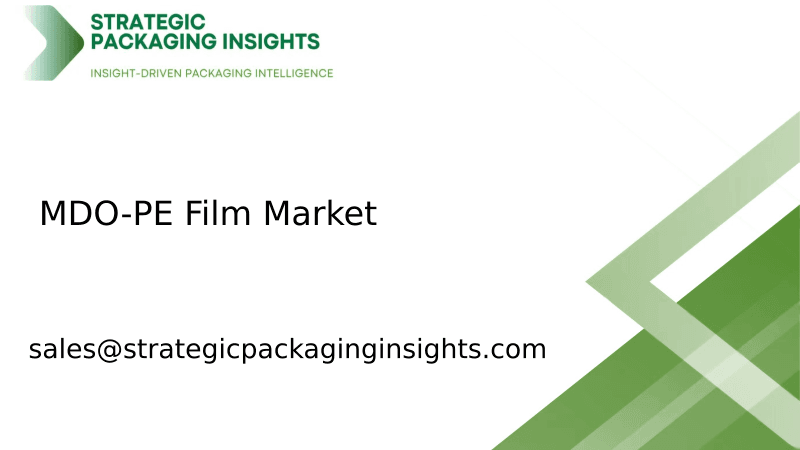
The MDO-PE Film market was valued at $3.5 billion in 2024 and is projected to reach $5.8 billion by 2033, growing at a CAGR of 5.2% during the forecast period 2025–2033.
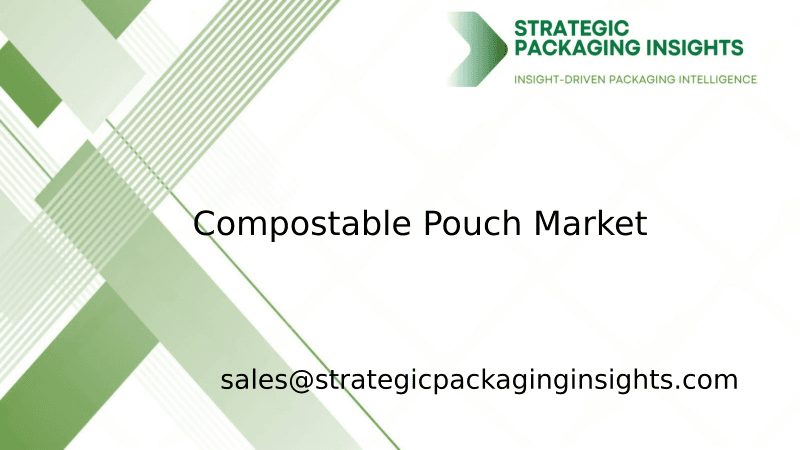
The compostable pouch market was valued at $1.2 billion in 2024 and is projected to reach $3.5 billion by 2033, growing at a CAGR of 12.5% during the forecast period 2025–2033.

The Hot Melt Glue Labeler market was valued at $1.2 billion in 2024 and is projected to reach $2.3 billion by 2033, growing at a CAGR of 6.5% during the forecast period 2025–2033.

The Ethical Label market was valued at $1.5 billion in 2024 and is projected to reach $3.2 billion by 2033, growing at a CAGR of 8.5% during the forecast period 2025–2033.

The Packaging Tensioner market was valued at $1.2 billion in 2024 and is projected to reach $2.3 billion by 2033, growing at a CAGR of 6.5% during the forecast period 2025–2033.

The foodservice packaging market was valued at $120 billion in 2024 and is projected to reach $180 billion by 2033, growing at a CAGR of 4.5% during the forecast period 2025–2033.

The nano-enabled packaging market was valued at $15.2 billion in 2024 and is projected to reach $35.6 billion by 2033, growing at a CAGR of 9.5% during the forecast period 2025–2033.

The Cold Seal Packaging market was valued at $1.5 billion in 2024 and is projected to reach $2.3 billion by 2033, growing at a CAGR of 4.8% during the forecast period 2025–2033.

The Transparent Barrier Packaging Films market was valued at $12.5 billion in 2024 and is projected to reach $20.3 billion by 2033, growing at a CAGR of 5.8% during the forecast period 2025–2033.

The Flatback Tape market was valued at $2.5 billion in 2024 and is projected to reach $4.1 billion by 2033, growing at a CAGR of 5.8% during the forecast period 2025–2033.

The packer bottle market was valued at $3.5 billion in 2024 and is projected to reach $5.8 billion by 2033, growing at a CAGR of 5.2% during the forecast period 2025–2033.

The Canada Nano-Enabled Packaging Food Beverages market was valued at $1.2 billion in 2024 and is projected to reach $3.5 billion by 2033, growing at a CAGR of 12.5% during the forecast period 2025–2033.

The India Aluminum Beverage Can market was valued at $1.2 billion in 2024 and is projected to reach $2.5 billion by 2033, growing at a CAGR of 8.5% during the forecast period 2025–2033.

The fast-food reusable packaging market was valued at $1.2 billion in 2024 and is projected to reach $3.5 billion by 2033, growing at a CAGR of 12.5% during the forecast period 2025–2033.

The pallets market was valued at $59.91 billion in 2024 and is projected to reach $88.69 billion by 2033, growing at a CAGR of 4.5% during the forecast period 2025–2033.

The lamination adhesives market was valued at $2.5 billion in 2024 and is projected to reach $4.1 billion by 2033, growing at a CAGR of 5.8% during the forecast period 2025–2033.

The garment packing machine market was valued at $1.2 billion in 2024 and is projected to reach $2.5 billion by 2033, growing at a CAGR of 8.5% during the forecast period 2025–2033.

The shrink bags market was valued at $3.5 billion in 2024 and is projected to reach $5.8 billion by 2033, growing at a CAGR of 5.2% during the forecast period 2025–2033.

The beverage packaging market was valued at $128 billion in 2024 and is projected to reach $186 billion by 2033, growing at a CAGR of 4.2% during the forecast period 2025–2033.

The North America Freight and Logistics market was valued at $1,200 billion in 2024 and is projected to reach $1,800 billion by 2033, growing at a CAGR of 4.5% during the forecast period 2025–2033.

The Anti-Counterfeiting Packaging market was valued at $105 billion in 2024 and is projected to reach $182 billion by 2033, growing at a CAGR of 6.5% during the forecast period 2025–2033.

The Active and Modified Atmospheric Packaging market was valued at $15.2 billion in 2024 and is projected to reach $25.8 billion by 2033, growing at a CAGR of 6.5% during the forecast period 2025–2033.

The molded fiber packaging market was valued at $7.5 billion in 2024 and is projected to reach $12.3 billion by 2033, growing at a CAGR of 5.8% during the forecast period 2025–2033.

The micro packaging market was valued at $1.2 billion in 2024 and is projected to reach $2.5 billion by 2033, growing at a CAGR of 8.5% during the forecast period 2025–2033.

The Anti-counterfeit Pharmaceuticals Packaging market was valued at $80 billion in 2024 and is projected to reach $150 billion by 2033, growing at a CAGR of 7.5% during the forecast period 2025–2033.

The MDO-PE Film market was valued at $3.5 billion in 2024 and is projected to reach $5.8 billion by 2033, growing at a CAGR of 5.2% during the forecast period 2025–2033.

The compostable pouch market was valued at $1.2 billion in 2024 and is projected to reach $3.5 billion by 2033, growing at a CAGR of 12.5% during the forecast period 2025–2033.
